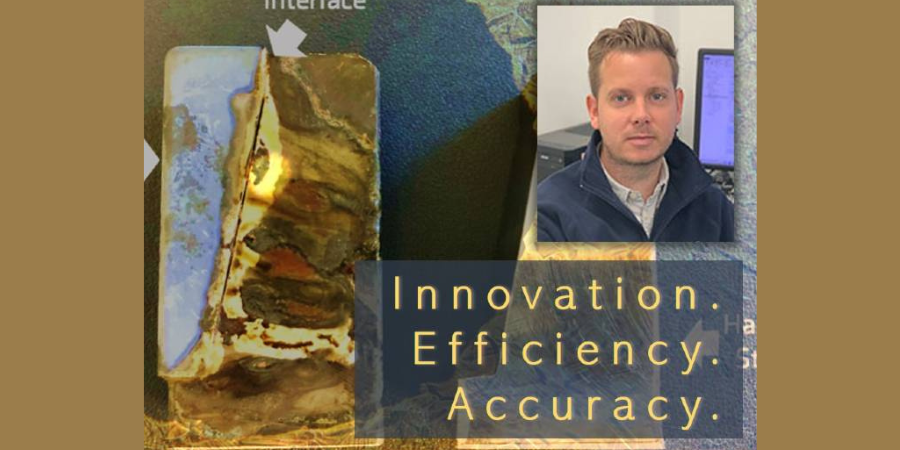![]() Innovation. New processes to help efficiency and accuracy. Who doesn’t like to hear about ways to improve production on a Technical Tuesday? Check out how this novel mechanical testing method is gaining traction.
Innovation. New processes to help efficiency and accuracy. Who doesn’t like to hear about ways to improve production on a Technical Tuesday? Check out how this novel mechanical testing method is gaining traction.
This original content article was written by James Dean, CEO of Plastometrex, for Heat Treat Today's March 2021 Aerospace print edition. Feel free to contact Karen Gantzer at karen@heattreattoday.com if you have a question, comment, or any editorial contribution you'd like to submit.
Plastometrex is a start-up based in the United Kingdom that is commercializing a novel mechanical testing method called indentation plastometry. The technique – developed over a ten-year period of research at the University of Cambridge – allows users to obtain material strength characteristics (full stress-strain curves) in a way that is faster, cheaper, and simpler than conventional mechanical testing procedures.
The testing process is fully automated and involves three simple steps. The first is the creation of an indent using the indentation plastometer which is a custom-built, macromechanical test machine (Figure 1). The second is measurement of the residual profile shape using an integrated stylus profilometer (Figure 2). The third is the analysis of the profile shape in a proprietary software package called SEMPID, which converts the indentation test data into stress-strain curves that are comparable to those that would be measured using conventional mechanical testing methods (Figure 3). The entire procedure takes just a few minutes, and the surface preparation requirements are minimal.
Another advantage over conventional tensile testing is the ability to map spatial variations in mechanical properties as well as the ability to test real components. In fact, in a recent project conducted in collaboration with Energy Densification Systems, a South African company servicing the mining industry, an indentation plastometer was used to characterize the change in stress-strain behavior that took place within a Hardox steel component subjected to high temperature during a brazing process.
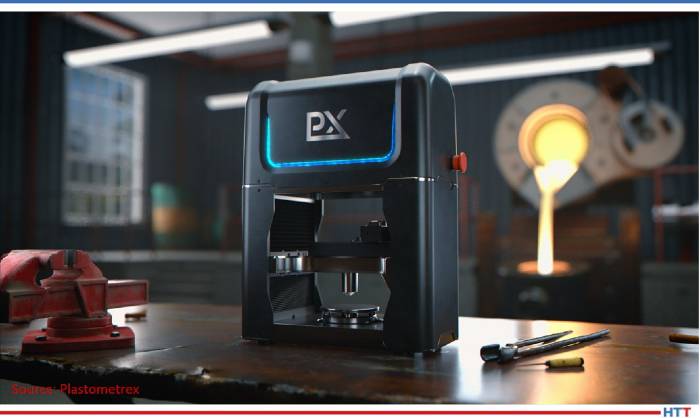
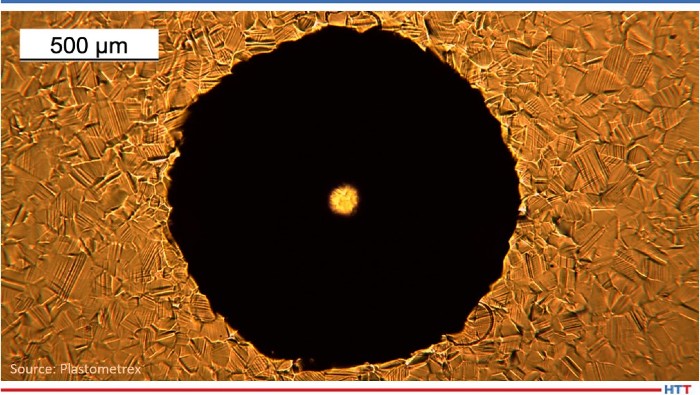
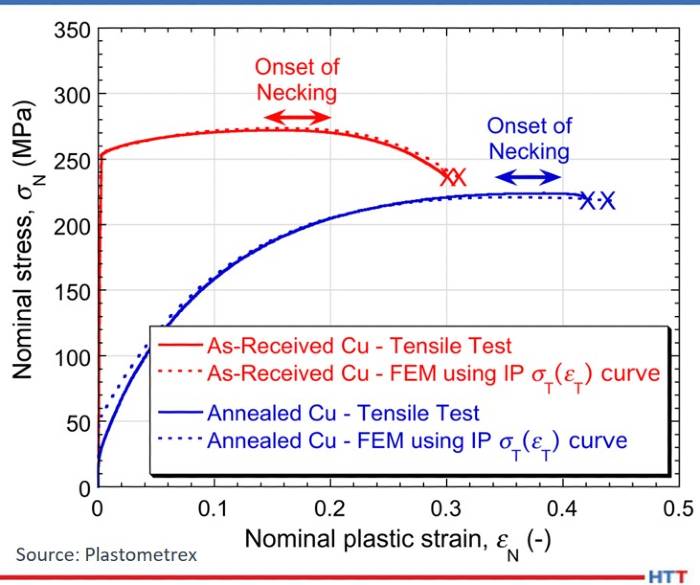
One of the Hardox steel samples (Figure 4) has a tungsten carbide (WC) insert that is brazed to the front surface, and this is clear evidence of a high temperature event having taken place here (from the presence of oxidation). The other sample is in its as received form. The objective of the tests was to determine if the high temperature brazing process had in any way affected the mechanical properties of the Hardox steel and, if so, to quantify the results.
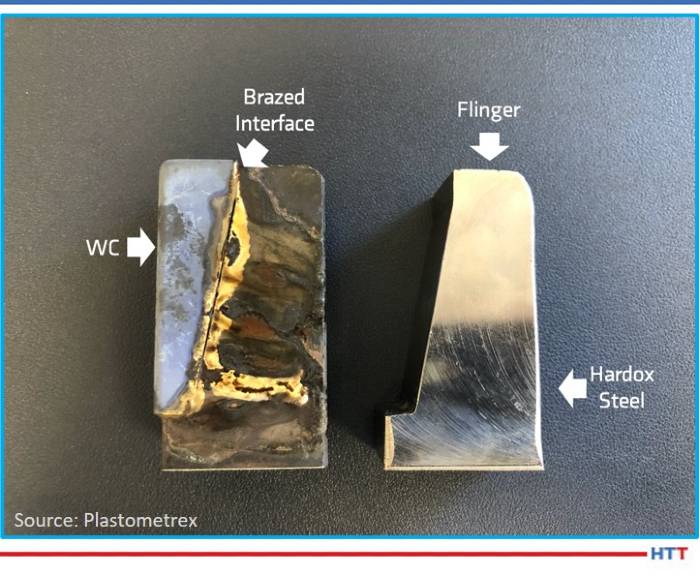
The oxidized layer was then removed and the Hardox steel samples were indented in the locations that are shown in Figure 5a. The indentation data were analyzed and converted into stress-strain curves using the SEMPID software. Two are shown in Figure 5b, where it is apparent that the high temperature brazing process has affected the strength characteristics of the material in that location.
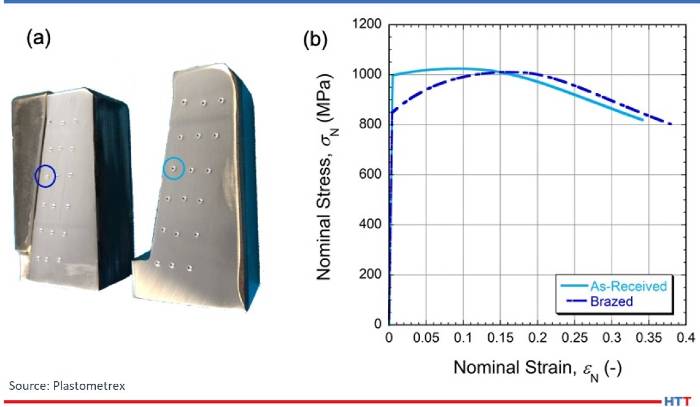
Further data are provided in Figure 6, which compares the indentation-derived yield stress values across the two specimens. This data demonstrates that the yield stress is substantially lower in the specimen that was subjected to high temperature during the brazing process. Importantly, these yield stress values, which could not have been obtained using conventional mechanical testing procedures, could subsequently be used in calculations that predict the wear lifetime of these components, which form part of the apparatus inside a rock comminution device.
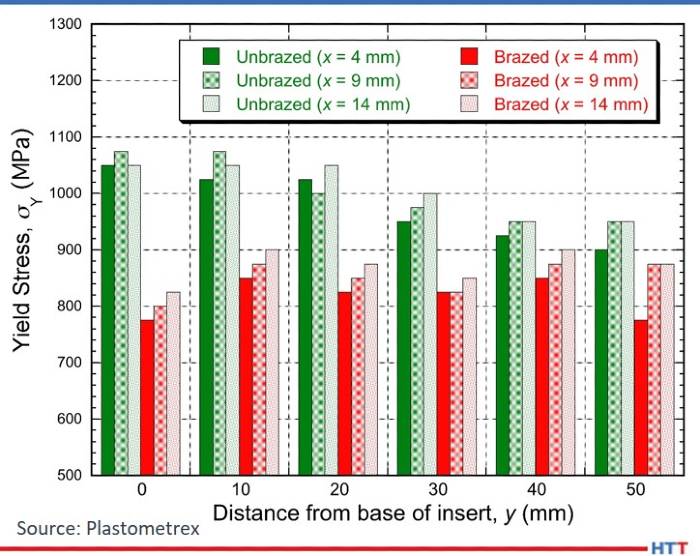
One further aspect worth highlighting was the inadequacy of conventional hardness numbers to detect or systematically characterize these changes. Figure 7 plots the Vickers Hardness numbers (at 5 kg load) for the two steel specimens in the as-received and heat-affected conditions. It can be seen that the outcome is more vague and confusing than it was for the yield stress values, suggesting that indentation plastometry offers access to superior and more valuable data than conventional hardness test machines.
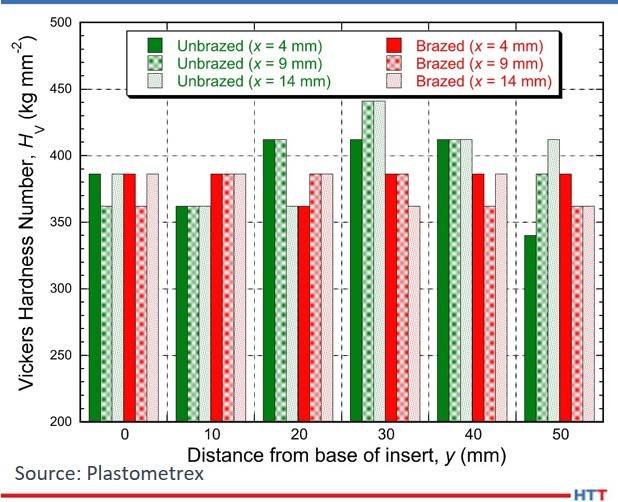
to the locations where indentation plastometry was
carried out. The applied load was 5 kg.
About the Author: James Dean is the CEO of Plastometrex and has an undergraduate degree in materials science, a masters in gas turbine engineering, and a PhD in materials science from Cambridge University, where he subsequently held research assistant and senior research associate positions. He also helped manage the Centre for Doctoral Training in Computational Methods for Materials Science at Cambridge. He co-founded Plastometrex in 2018. For More Information: Contact James at j.dean@plastometrex.com





